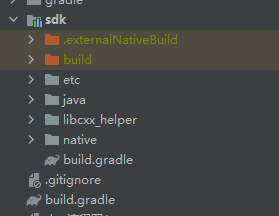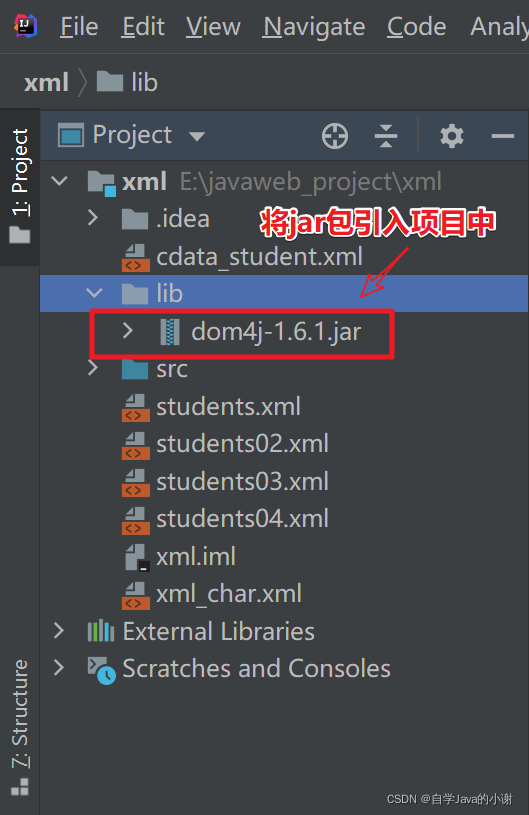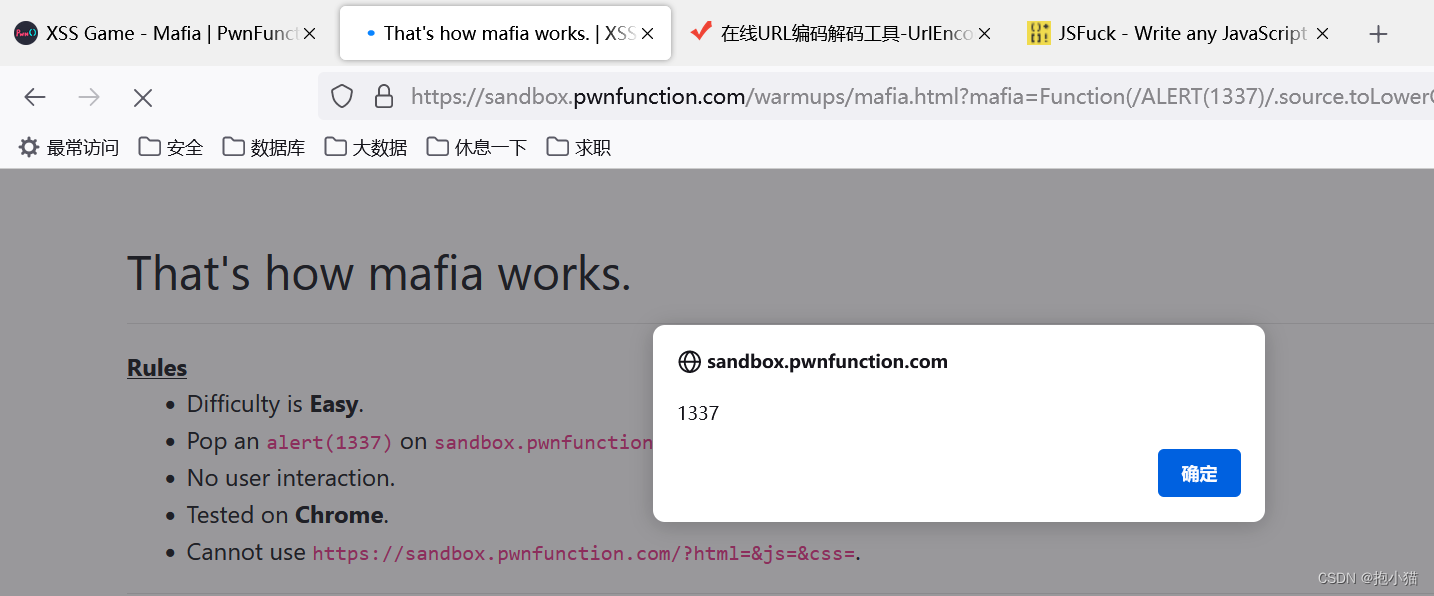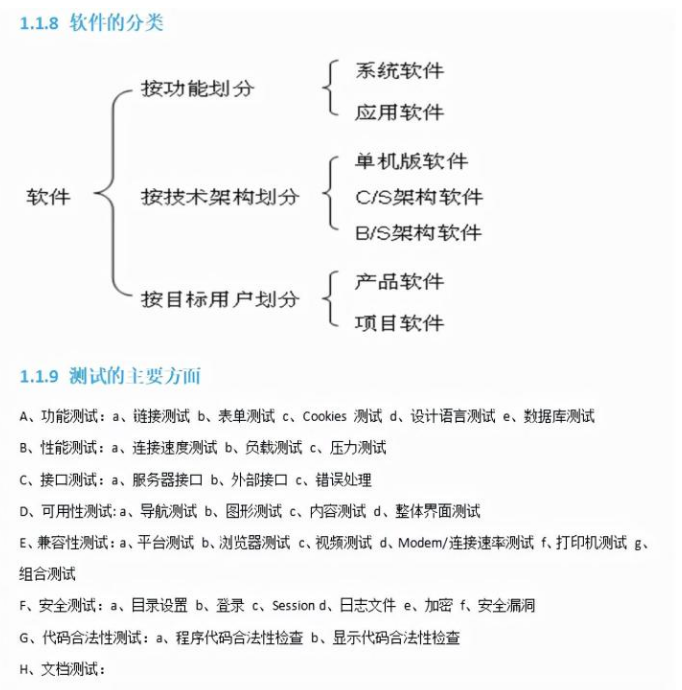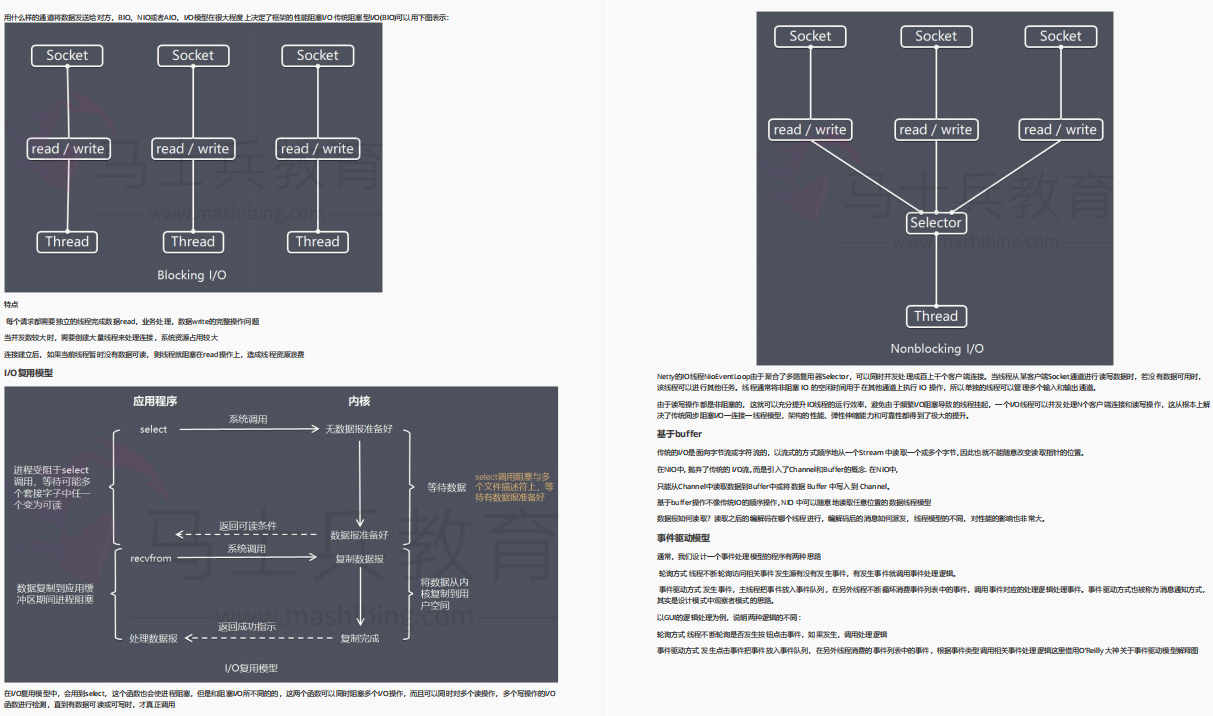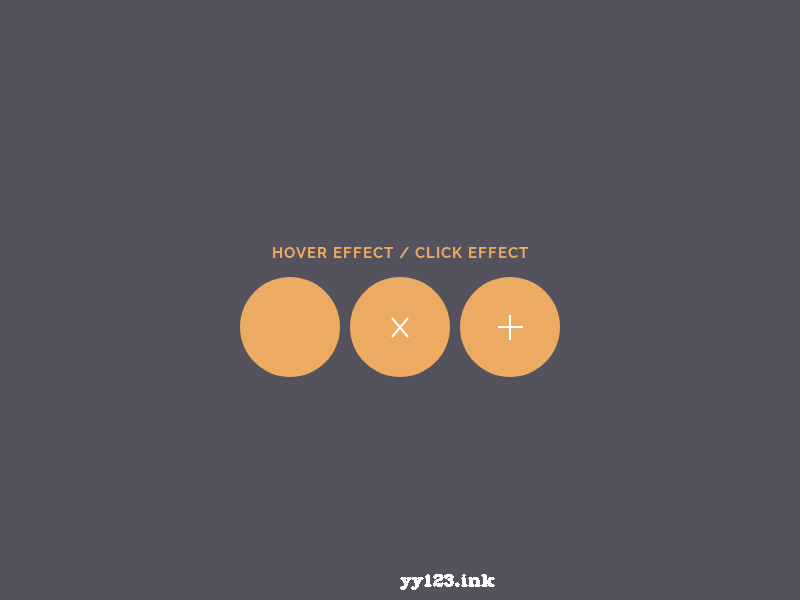当前位置:网站首页>B. Kalindrome Array
B. Kalindrome Array
2022-08-03 21:03:00 【秦小咩】
B. Kalindrome Array
time limit per test
1 second
memory limit per test
256 megabytes
input
standard input
output
standard output
An array [b1,b2,…,bm][b1,b2,…,bm] is a palindrome, if bi=bm+1−ibi=bm+1−i for each ii from 11 to mm. Empty array is also a palindrome.
An array is called kalindrome, if the following condition holds:
It's possible to select some integer xx and delete some of the elements of the array equal to xx, so that the remaining array (after gluing together the remaining parts) is a palindrome.
Note that you don't have to delete all elements equal to xx, and you don't have to delete at least one element equal to xx.
For example :
- [1,2,1][1,2,1] is kalindrome because you can simply not delete a single element.
- [3,1,2,3,1][3,1,2,3,1] is kalindrome because you can choose x=3x=3 and delete both elements equal to 33, obtaining array [1,2,1][1,2,1], which is a palindrome.
- [1,2,3][1,2,3] is not kalindrome.
You are given an array [a1,a2,…,an][a1,a2,…,an]. Determine if aa is kalindrome or not.
Input
The first line contains a single integer tt (1≤t≤1041≤t≤104) — the number of test cases. The description of the test cases follows.
The first line of each test case contains a single integer nn (1≤n≤2⋅1051≤n≤2⋅105) — the length of the array.
The second line of each test case contains nn integers a1,a2,…,ana1,a2,…,an (1≤ai≤n1≤ai≤n) — elements of the array.
It's guaranteed that the sum of nn over all test cases won't exceed 2⋅1052⋅105.
Output
For each test case, print YES if aa is kalindrome and NO otherwise. You can print each letter in any case.
Example
input
Copy
4 1 1 2 1 2 3 1 2 3 5 1 4 4 1 4
output
Copy
YES YES NO YES
Note
In the first test case, array [1][1] is already a palindrome, so it's a kalindrome as well.
In the second test case, we can choose x=2x=2, delete the second element, and obtain array [1][1], which is a palindrome.
In the third test case, it's impossible to obtain a palindrome.
In the fourth test case, you can choose x=4x=4 and delete the fifth element, obtaining [1,4,4,1][1,4,4,1]. You also can choose x=1x=1, delete the first and the fourth elements, and obtain [4,4,4][4,4,4].
双指针,左右相等继续推进,一旦不相等,就意味着必须删掉一个,而且答案就在这两者之间,所以枚举两者删除情况即可。题目忽悠人,说删几个x都行,其实必须都删才最好,因为如果两个x能左右对称那么删与不删一个样,一旦不对称还不如都删了。
#include <iostream>
# include<algorithm>
# include<cstring>
using namespace std;
typedef long long int ll;
int book[200000+10];
int b[200000+10];
int a[200000+10];
int main()
{
int t;
cin>>t;
while(t--)
{
int n;
cin>>n;
memset(book,0,sizeof(book));
for(int i=1;i<=n;i++)
{
cin>>a[i];
}
if(n==1||n==2)
{
cout<<"YES"<<'\n';
continue;
}
int l=1,r=n;
int ans=0;
while(l<r)
{
if(a[l]==a[r])
{
l++;
r--;
}
else
{
int len=0;
for(int i=1;i<=n;i++)
{
if(a[i]!=a[l])
{
len++;
b[len]=a[i];
}
}
int flag=0;
for(int i=1;i<=len/2;i++)
{
if(b[i]!=b[len-i+1])
{
flag=1;
}
}
if(!flag)
{
ans=1;
break;
}
len=0;
for(int i=1;i<=n;i++)
{
if(a[i]!=a[r])
{
len++;
b[len]=a[i];
}
}
flag=0;
for(int i=1;i<=len/2;i++)
{
if(b[i]!=b[len-i+1])
{
flag=1;
}
}
if(!flag)
{
ans=1;
break;
}
break;
}
}
if(ans||l>=r)
{
cout<<"YES"<<endl;
}
else
{
cout<<"NO"<<endl;
}
}
return 0;
}边栏推荐
猜你喜欢
随机推荐
chart.js多条曲线图插件
函数,递归以及dom简单操作
字节跳动软件测试岗,前两面过了,第三面HR天坑,结局透心凉...
系统运维系列 之CSV文件读取时内容中包含逗号的处理方法
Leetcode 125. Verify palindrome string
idea2021.1.3配置Gradle步骤
反射机制
leetcode 448. Find All Numbers Disappeared in an Array 找到所有数组中消失的数字(简单)
基于DMS的数仓智能运维服务,知多少?
svg胶囊药样式切换按钮
从开发到软件测试:除了扎实的测试基础,还有哪些必须掌握 ?
win10安装及配置Gradle
leetcode 326. 3 的幂
Often forget HiFlow 】 【 check-in?Use tencent cloud scenario connector to remind you every day.
leetcode 326. Powers of 3
if _name_ == “__main__“:NameError: name ‘_name_‘ is not defined
Leetcode 899. An orderly queue
461. 汉明距离
ES6简介及let、var、const区别
华为设备配置VRRP与BFD联动实现快速切换
